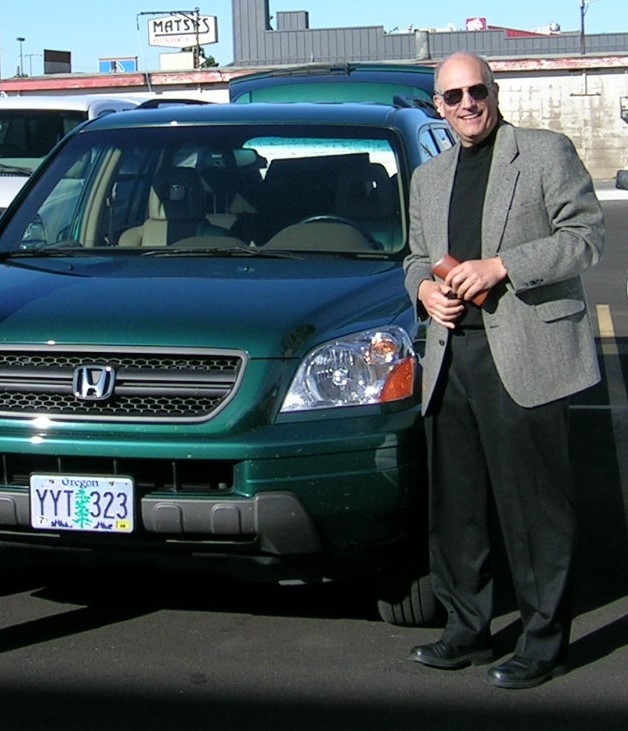
Happy 20th Birthday to the Oregon Rural Practice-based Research Network! As the director of ORPRN from its inception in 2002 until I retired in 2018, I had a unique window into the development and growth of the organization. The story of ORPRN is one of trusted relationships, developed and sustained over two decades.
ORPRN, with support from OHSU and the State of Oregon Opportunity bond initiative, started with a meeting of six rural Oregon family physicians in the basement of Emma Jones Hall at OHSU. The conversation centered on how to go about connecting rural Oregon primary care practices through research projects.
ORPRN started small, with nine rural communities—Reedsport, Baker City, John Day, Lakeview, Union, Elgin, Hood River, Lincoln City, and Pacific City. Over the next two decades, the ORPRN team grew those numbers by logging windshield miles visiting practices across the state to build trust and connection. ORPRN now partners with 281 practices with more than 700 primary care clinicians caring for 600,000+ patients across Oregon. I drove a fair amount of those miles myself: The odometer on my 2002 Honda Pilot turned over 210,000 miles at the end of 2018.
By making “house calls” to our practices, we built an understanding of what will improve the lives of clinicians, staff, and their communities. We became experts in balancing “the ask” of participation in our research projects with recognizing and responding to practice needs. Our boots on the ground are a network of Practice Enhancement Research Coordinators (PERCs), working and living across the state. The PERCs develop an understanding the practice’s values, assets, and preferences. We respect practice wisdom and connect that knowledge with our research. It is our PERCs that make ORPRN research possible.
The healthcare landscape has changed dramatically over the past 20 years. Independent, physician-owned practices are in the minority, representing a third of practices, down from two-thirds of practices in 2002. Recruiting clinicians and practices for research studies is more difficult and expensive. The scope care by family physicians is changing with an office-based practice, dominated by chronic illness care, the electronic health record, and population health metrics.
ORPRN has adapted and met the challenges of the current healthcare landscape by helping practices improve care for patients and communities in six ways: 1) practices are less physician-centric, implementing team-based care; 2) care coordination is improving the care of complex patients; 3) there is a broader-scope of responsibilities for staff and non-physician clinicians; 4) practice managers and administrators are important change agents; 5) practices are making time for quality improvement; and, 6) linking community health to primary care practices is becoming a priority for some exemplar practices.
I am proud to be associated with a research organization centered on real-world practices, making a difference in the quality of life for Oregonians. At age 20, ORPRN has grown up into a high value asset for OHSU and the state of Oregon.